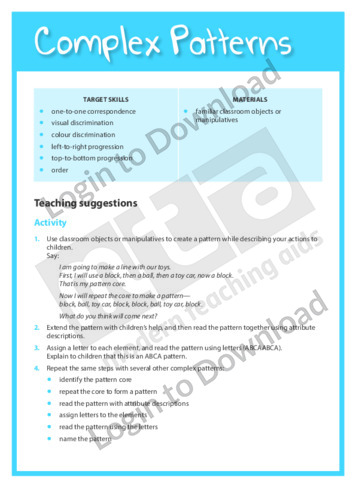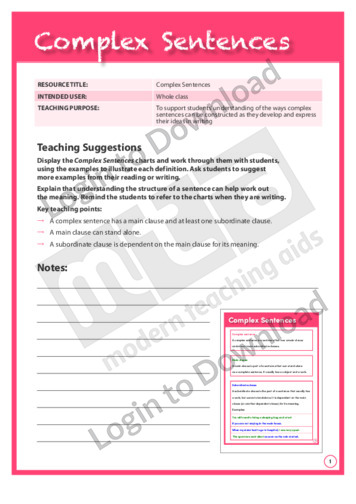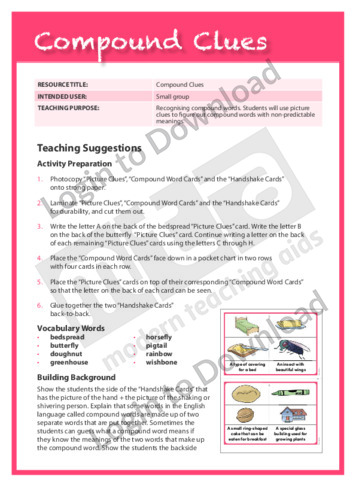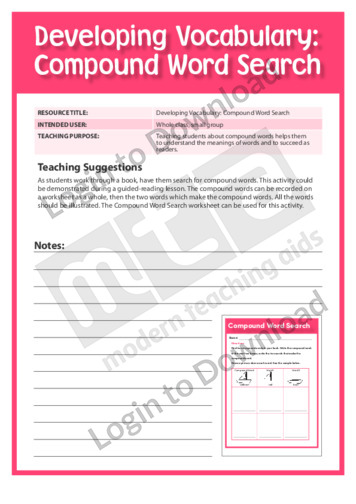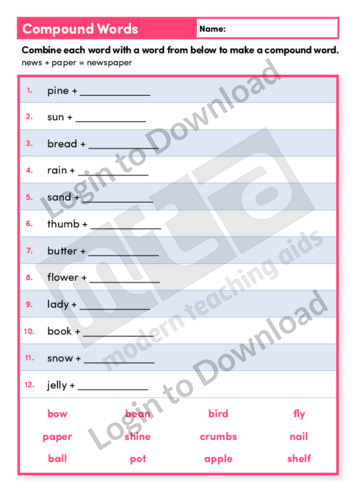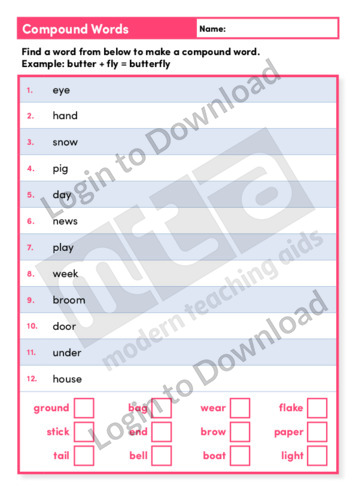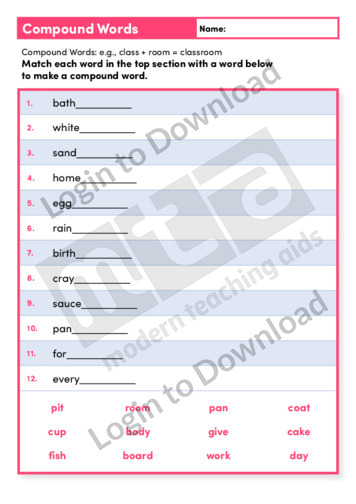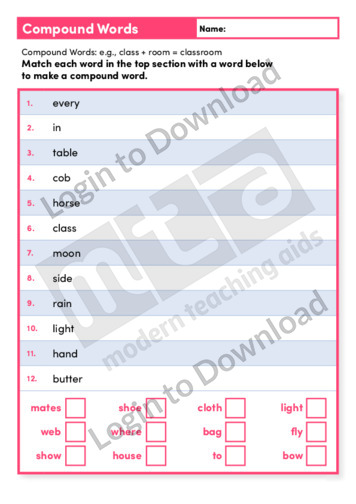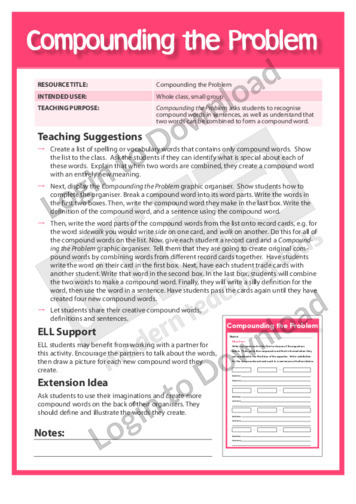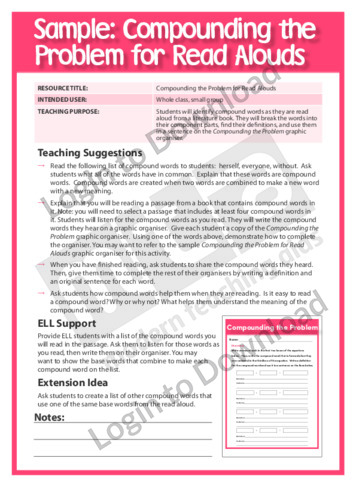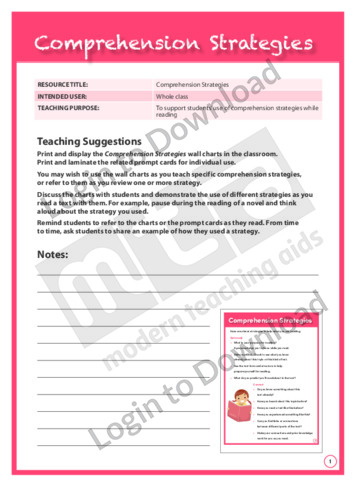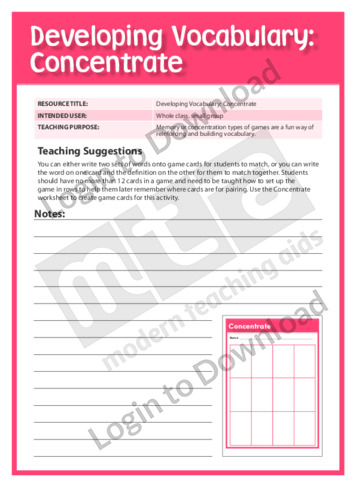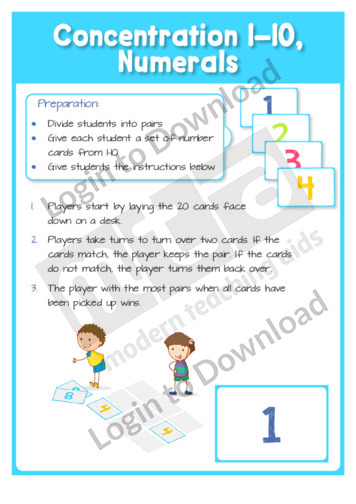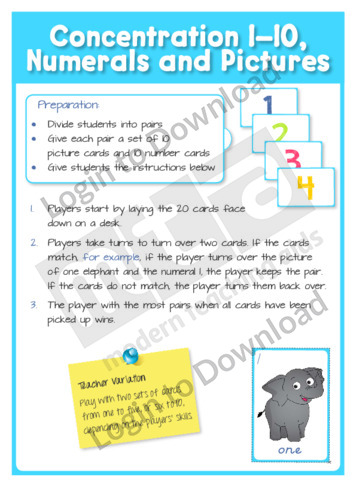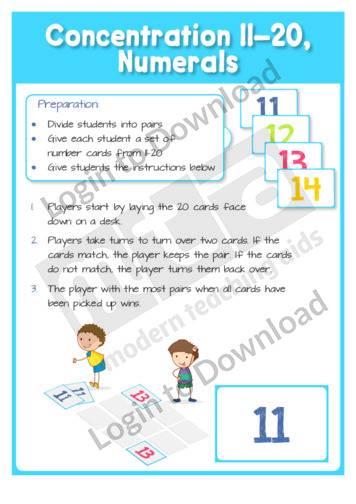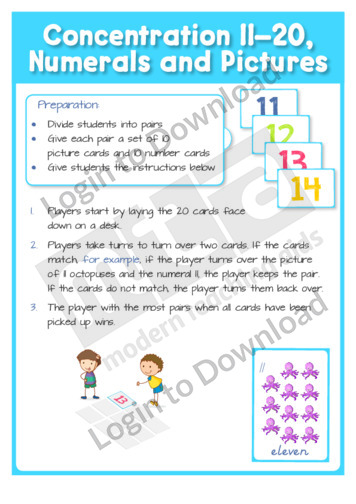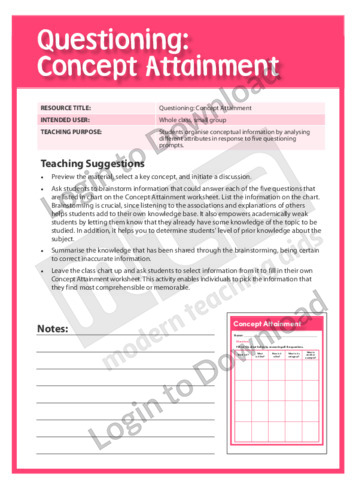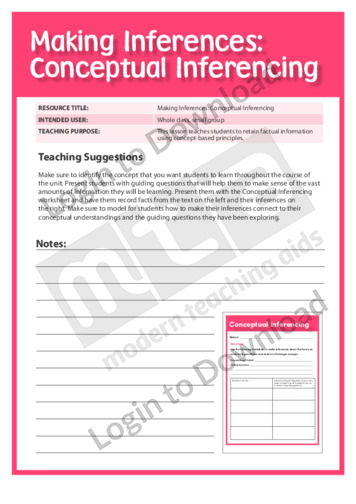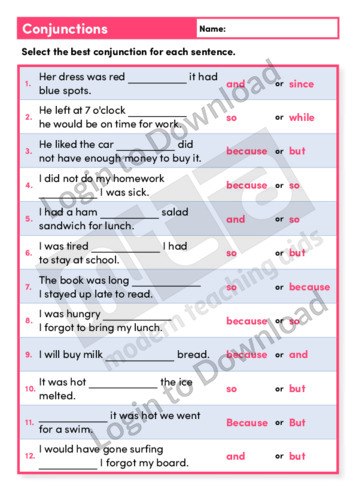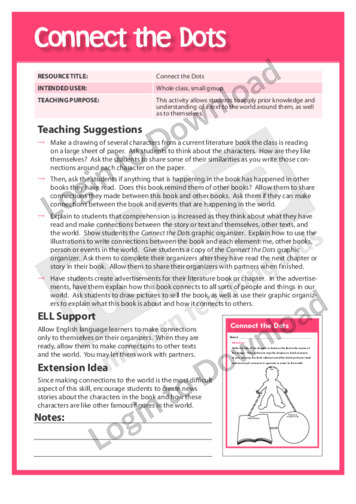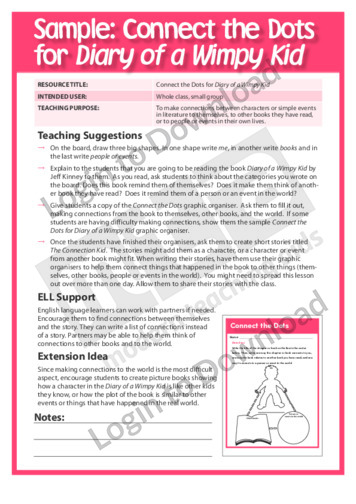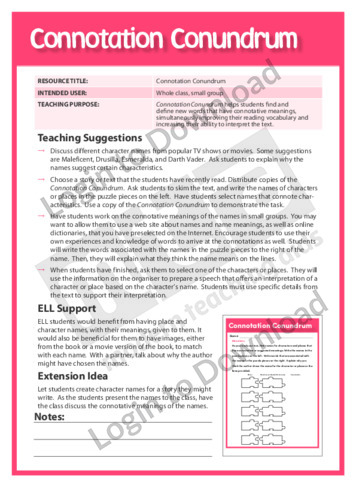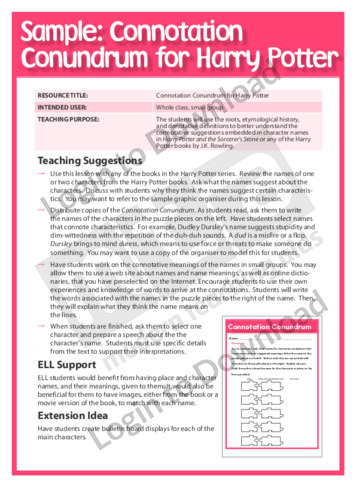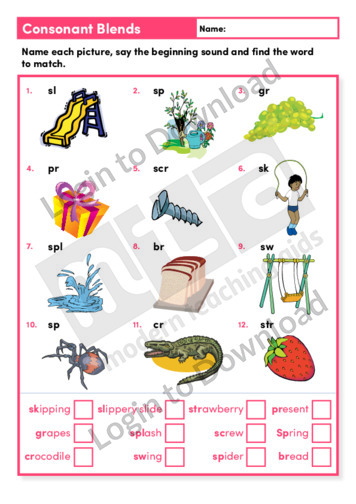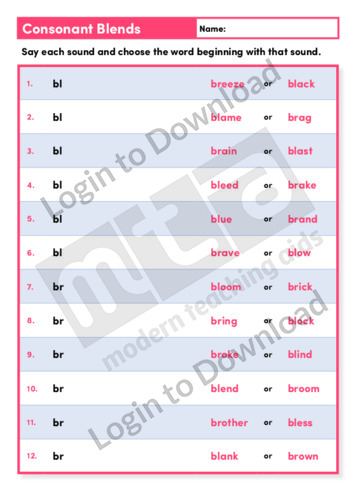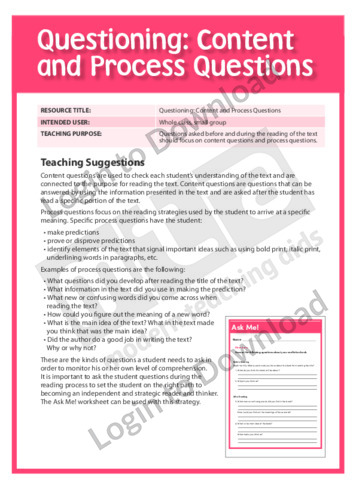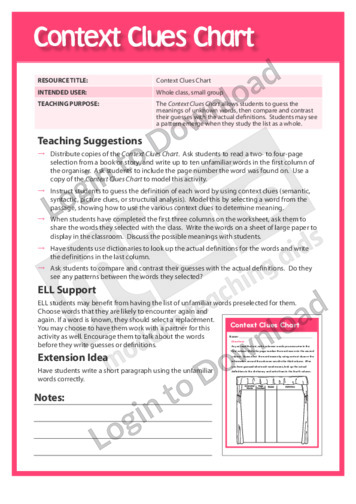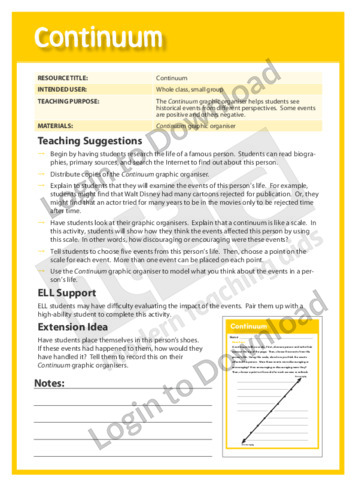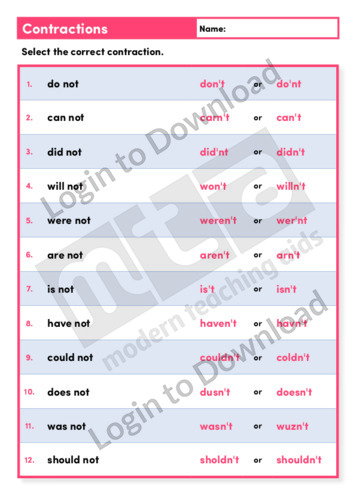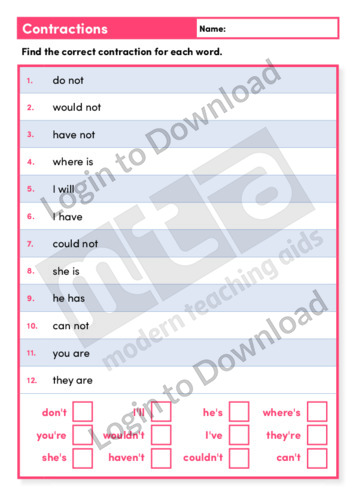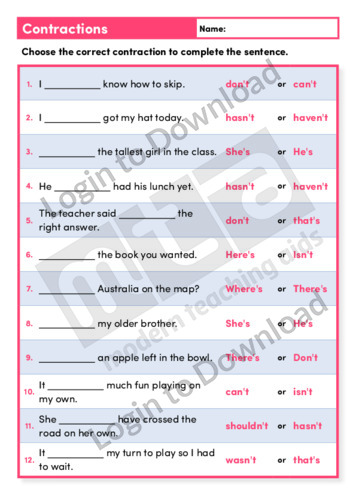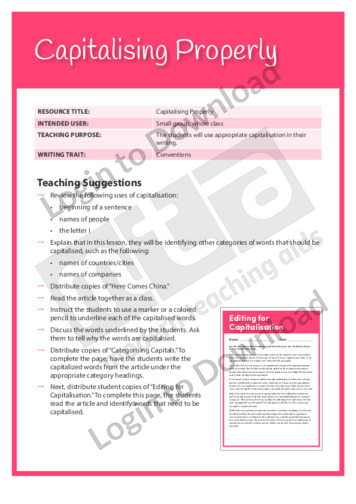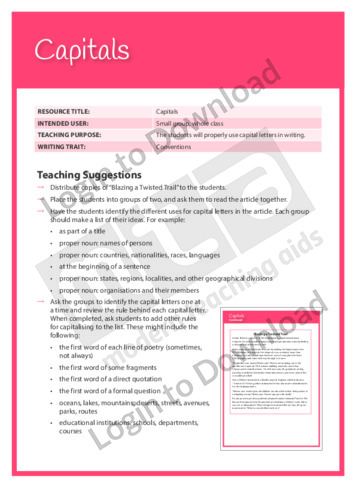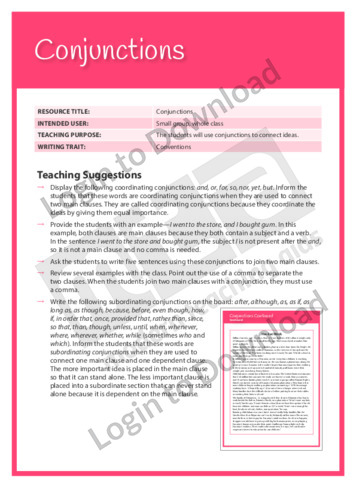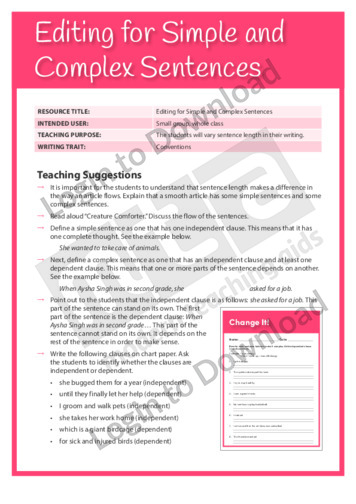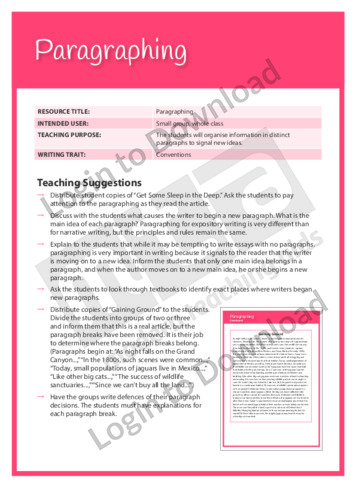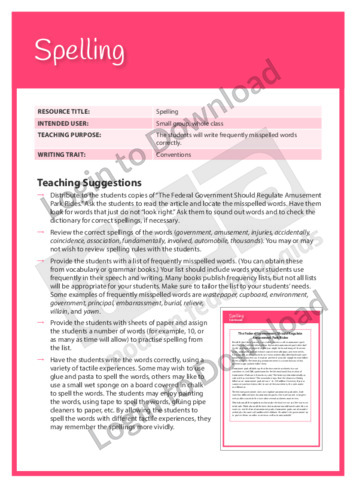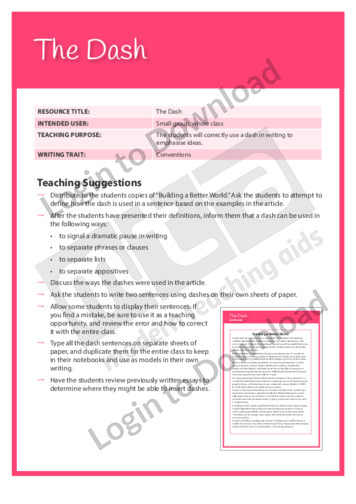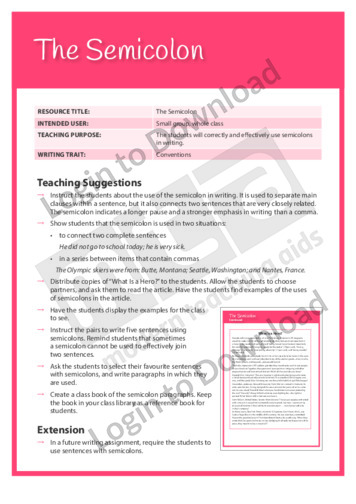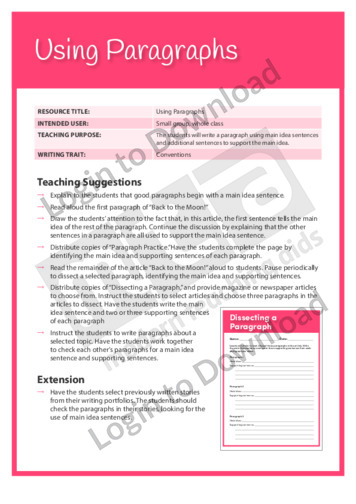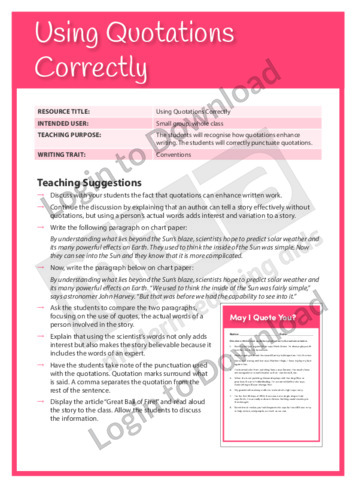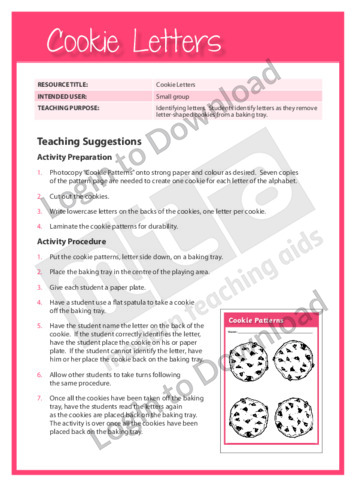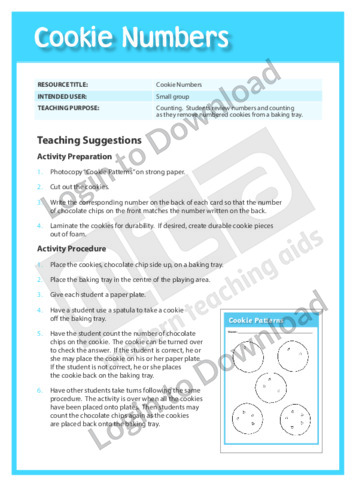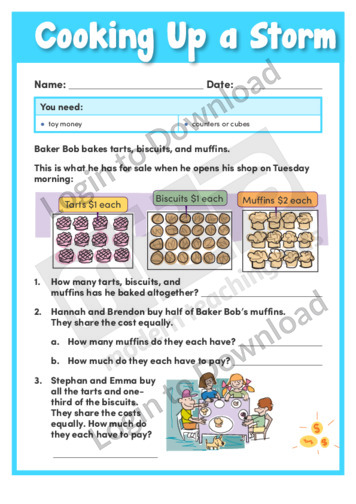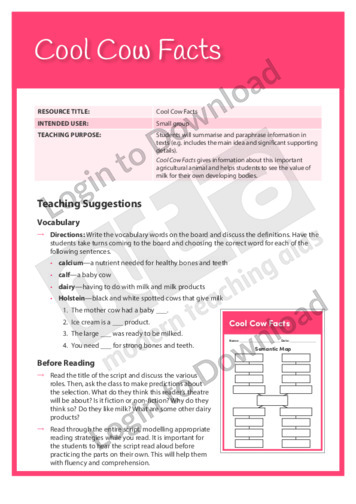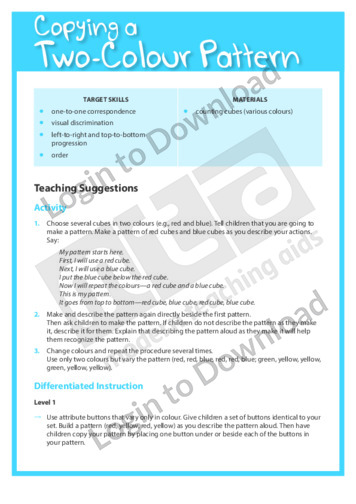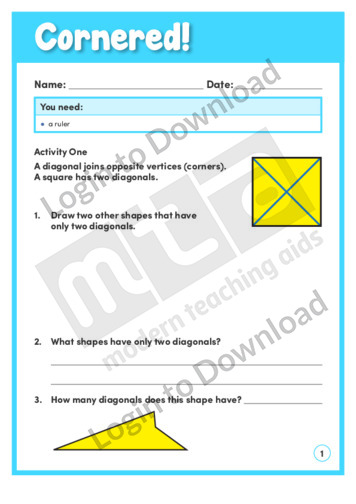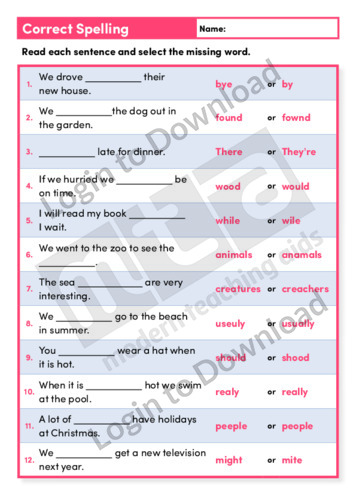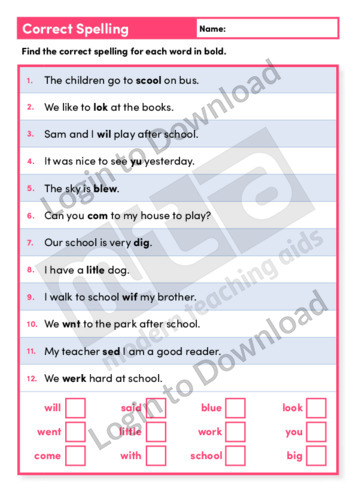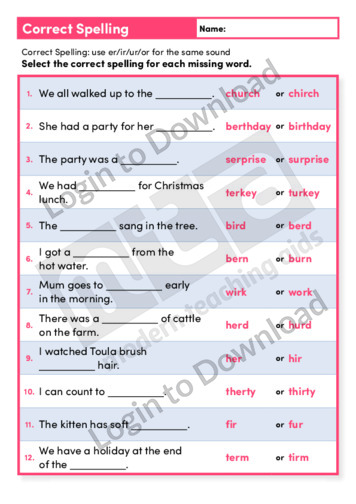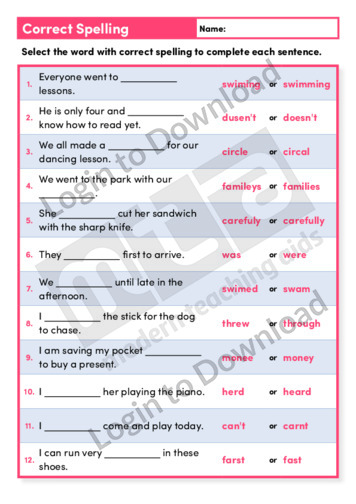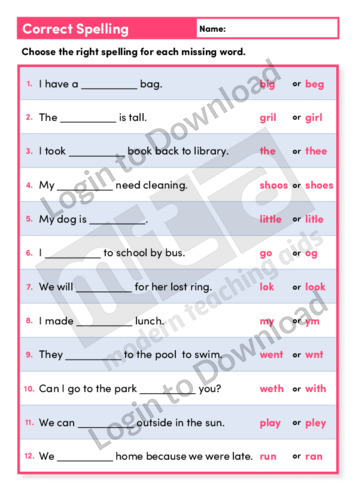This reading activity, ‘Complete the Sentence’ provides opportunities for practice with reading about the States and Territories of Australia and finishing the sentences.
This Beginning Maths activity, ‘Complex Patterns’ encourages students to create complex patterns involving multiple variables.
This written language activity, ‘Complex Sentences’ supports language development by encouraging students to understand the ways complex sentences can be constructed as they develop and express their ideas in writing. It is aimed at developing students’ awareness of sentence structure.
This vocabulary development activity, ‘Compound Clues’ supports vocabulary development by encouraging students to use picture clues to figure out compound words with non-predictable meanings. It is aimed at helping students recognise compound words. It provides picture clue cards and compound word cards.
This content area reading learning activity, ‘Compound Word Search,’ teaches students about compound words. It is aimed at helping students understand the meanings of words and become successful readers.
This vocabulary activity, ‘Compound Words’ supports vocabulary development by encouraging students to create compound words.
This reading activity, ‘Compound Words’ provides opportunities for practice with using and creating compound words.
This spelling activity, ‘Compound Words’ provides opportunities for practice with creating compound words.
This spelling activity, ‘Compound Words’ provides opportunities for practice with creating compound words.
This graphic organiser, ‘Compounding the Problem’ asks students to recognise compound words in sentences, as well as understand that two words can be combined to form a compound word.
This graphic organiser, ‘Compounding the Problem for Read Alouds’ asks students to identify compound words as they are read aloud from a literature book, then break the words into their component parts, find their definitions, and use them in a sentence.
This comprehension activity, ‘Comprehension Strategies’ supports language development by encouraging students to use prompts and comprehension strategies as they read. It is aimed at developing students’ awareness of comprehension strategies, such as imagine, question, search, connect and summarise.
This content area reading learning activity, ‘Concentrate,’ helps students to remember new words. It is aimed at reinforcing and building vocabulary through a fun and engaging activity.
This maths activity, ‘Concentration 1-10, Numerals’ develops basic maths skills by encouraging students to practise number recognition as part of a memory game played in pairs. It includes number cards from 1-10 to be distributed to each pair.
This maths activity, ‘Concentration 1-10, Numerals and Pictures’ develops basic maths skills by encouraging students to practise number recognition as part of a memory game played in pairs. It includes number cards and picture cards from 1-10 to be distributed to each pair.
This maths activity, ‘Concentration 11-20, Numerals’ develops basic maths skills by encouraging students to practise number recognition as part of a memory game played in pairs. It includes number cards from 11-20 to be distributed to each pair.
This maths activity, ‘Concentration 11-20, Numerals and Pictures’ develops basic maths skills by encouraging students to practise number recognition as part of a memory game played in pairs. It includes number cards and picture cards from 11-20 to be distributed to each pair.
This content area reading learning activity, ‘Concept Attainment,’ helps students organise conceptual information. It is aimed at enabling students to pick the information that they find most comprehensible or memorable by responding to five questioning prompts.
This content area reading learning activity, ‘Concept Mapping,’ helps students organise the subtopics and details around the concept they are learning. It allows for quite a bit of flexibility in that students can identify different subtopics and arrange the details accordingly.
This content area reading learning activity, ‘Concept Wheel,’ helps students find the main idea and supporting details in a passage. The main idea goes in the centre of the wheel and the details that answer the questions radiate from the main idea like spokes on a wheel.
This content area reading learning activity, ‘Conceptual Definitions,’ helps students think about how a concept they are studying relates to other ideas. It has students think of subcategories of a concept and then record details about each of the subcategories to show how they relate back to the main concept.
This content area reading learning activity, ‘Conceptual Inferencing,’ teaches students to retain factual information using concept-based principles. It is aimed at showing students how to make their inferences connect to their conceptual understandings and the guiding questions they have been exploring.
This written language activity, ‘Conjunctions’ supports language development by encouraging students to understand how to use conjunctions. It is aimed at developing students’ awareness of conjunctions through an activity in which students have to connect ideas and form compound sentences.
This reading activity, ‘Conjunctions’ provides opportunities for practice with selecting the best conjunctions for various sentences.
This graphic organiser, ‘Connect the Dots’ allows students to apply prior knowledge and understanding of a text to the world around them, as well as to themselves.
This graphic organiser, ‘Connect the Dots for Diary of a Wimpy Kid’ asks students to make connections between characters or simple events in literature to themselves, to other books they have read, or to people or events in their own lives.
This graphic organiser, ‘Connotation Conundrum’ helps students to find and define new words that have connotative meanings, simultaneously improving their reading vocabulary and increasing their ability to interpret the text.
This graphic organiser, ‘Connotation Conundrum for Harry Potter’ asks students to use the roots, etymological history, and denotative definitions to better understand the connotations embedded in character names in the Harry Potter books by J.K. Rowling.
This phonics activity, ‘Consonant Blends’ encourages students to name each picture, say the beginning sounds and find the word to match.
This phonics activity, ‘Consonant Blends’ encourages students to say each sound and choose the word beginning with that sound.
This content area reading learning activity, ‘Content and Process Questions,’ helps students monitor their level of comprehension. It is aimed at setting students on the right path to becoming independent and strategic readers and thinkers by asking them questions during the reading process.
This graphic organiser, ‘Context Clues Chart’ allows students to guess the meanings of unknown words, then compare and contrast their guesses with the actual definitions.
This graphic organiser, ‘Continuum’ helps students see historical events from different perspectives, identifying negative and positive events.
This spelling activity, ‘Contractions’ provides opportunities for practice with recognising words which can form contractions.
This spelling activity, ‘Contractions’ provides opportunities for practice with recognising which smaller words are used in forming contractions.
This spelling activity, ‘Contractions’ provides opportunities for practice with recognising which smaller words are used in forming contractions.
This spelling activity, ‘Contractions’ provides opportunities for practice with recognising which smaller words are used in forming contractions.
This Writing Traits activity ‘Capitalising Properly’ encourages students to use appropriate capitalisation in their writing.
This Writing Traits activity ‘Capitals’ encourages students to properly use capital letters in writing.
This Writing Traits activity ‘Completeness/Comprehensiveness’ encourages students to edit and revise manuscripts to improve the meaning and focus.
This Writing Traits activity ‘Conjunctions’ encourages students to use conjunctions to connect ideas.
This Writing Traits activity ‘Editing for Punctuation’ encourages students to recognise the importance of using different punctuation and editing written work for correct punctuation.
This Writing Traits activity ‘Editing for Simple and Complex Sentences’ encourages students to vary sentence length in their writing.
This Writing Traits activity ‘Paragraphing’ encourages students to organise information in distinct paragraphs to signal new ideas.
This Writing Traits activity ‘Spelling’ encourages students to write frequently misspelled words correctly.
This Writing Traits activity ‘The Dash’ encourages students to correctly use a dash in writing to emphasise ideas.
This Writing Traits activity ‘The Semicolon’ encourages students to correctly and effectively use semicolons in writing.
This Writing Traits activity ‘Using Paragraphs’ encourages students to write a paragraph using main ideas and additional support sentences.
This Writing Traits activity ‘Using Quotations Correctly’ encourages students to recognise how quotations enhance writing and how to correctly punctuate quotations.
This reading activity, ‘Cookie Letters’ supports reading development by encouraging students to identify letters as they cookies from a baking tray. It is aimed at developing students’ awareness of letter identification. It provides cookie patterns, egg patterns and uppercase alphabet cards.
This maths activity, ‘Cookie Numbers’ develops basic maths skills by encouraging students to count the number of chocolate chips on a cookie. It is aimed at developing students’ knowledge of counting. It provides cookie patterns.
This learning activity, ‘Cooking Up a Storm’, presents various number problems involving Baker Bob’s tarts, biscuits, and muffins. Students can practise strategies such as repeated addition, halving, and doubling. An answer sheet is provided and includes teaching notes with suggestions for supporting learning and further exploration.
This Readers Theatre activity, ‘Cool Cow Facts’ encourages students to summarise and paraphrase information in texts. It also builds reading fluency. This activity includes a script for 6 readers.
This Beginning Maths activity, ‘Copying a Two-Colour Pattern’ encourages students to identify and reproduce a horizontal and vertical pattern.
The learning activity, ‘Cornered!’ provides students with opportunities to explore the features of 2-dimensional geometric shapes. They draw diagonals to identify and count the vertices in eight different shapes. An answer sheet is provided and includes teaching notes with suggestions for supporting learning and further exploration.
This spelling activity, ‘Correct Spelling’ provides opportunities for practice with selecting the correct spelling between two homophones to complete the sentences.
This spelling activity, ‘Correct Spelling’ provides opportunities for practice with correcting wrongly spelt words within sentences.
This spelling activity, ‘Correct Spelling’ provides opportunities for practice with correctly spelling words using ‘er’, ‘ir’, ‘ur’, or ‘or’.
This spelling activity, ‘Correct Spelling’ provides opportunities for practice with choosing the correctly spelt word to complete the sentences.
This spelling activity, ‘Correct Spelling’ provides opportunities for practice with identifying the correctly spelt word that fits in the sentences.
It�s that easy!


